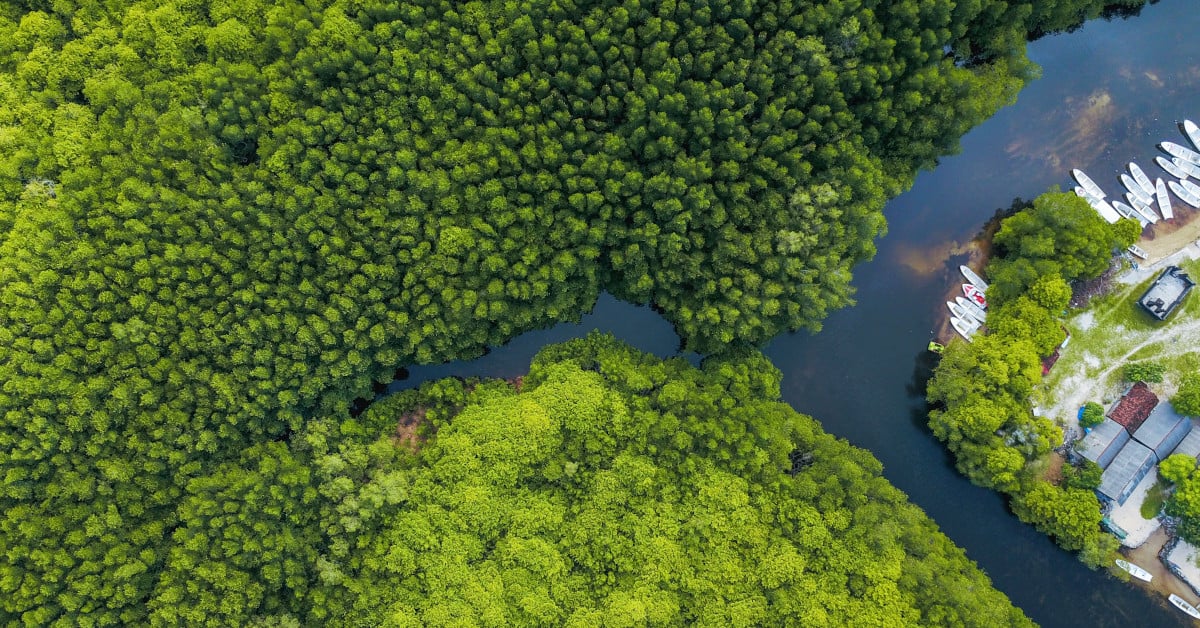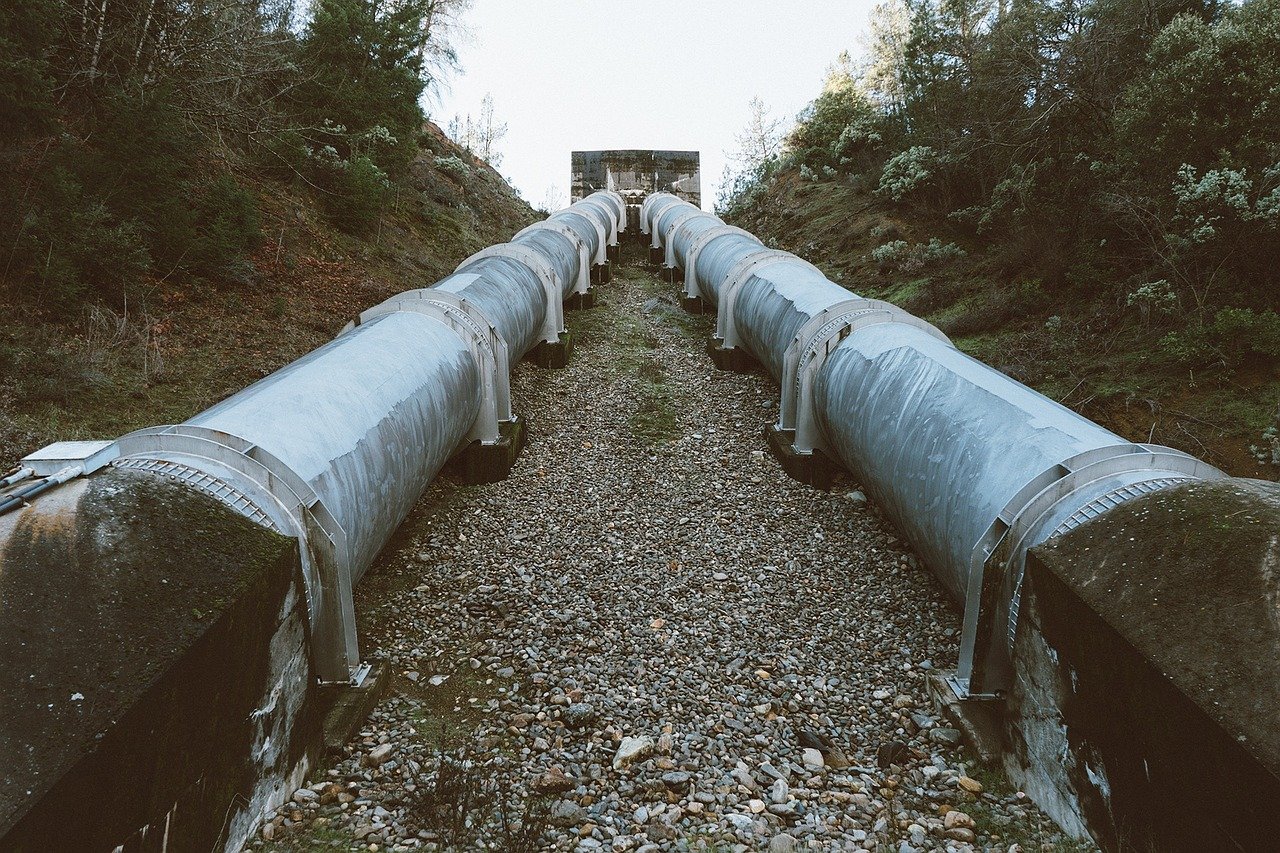Golden State, goldenlawn? Xeriscaping: A Water Management Practice
With drought being the hot topic in California since Governor Brown’s emergency proclamation, the Golden State’s residents have made efforts to reduce their water footprint and start water conservation efforts with mandatory restrictions in place. These include limitations on yard watering during the day to reduce water loss through evaporation. Some residents have opted for the “golden lawn” as a water conservation practice to prevent the risk of being fined for overwatering. The effects of this drought are literally turning California into the “Golden” State. Is a dead lawn the only option we have to save water? Certainly not! Do we have any other options? Of course! There are many ways to implement water management that can help in being responsible and sustainable in this drought.

By Megan Crawford
September 23, 2015
 With drought being the hot topic in California since Governor Brown’s emergency proclamation, the Golden State’s residents have made efforts to reduce their water footprint and start water conservation efforts with mandatory restrictions in place. These include limitations on yard watering during the day to reduce water loss through evaporation. Some residents have opted for the “golden lawn” as a water conservation practice to prevent the risk of being fined for overwatering. The effects of this drought are literally turning California into the “Golden” State. Is a dead lawn the only option we have to save water? Certainly not! Do we have any other options? Of course! There are many ways to implement water management that can help in being responsible and sustainable in this drought.
With drought being the hot topic in California since Governor Brown’s emergency proclamation, the Golden State’s residents have made efforts to reduce their water footprint and start water conservation efforts with mandatory restrictions in place. These include limitations on yard watering during the day to reduce water loss through evaporation. Some residents have opted for the “golden lawn” as a water conservation practice to prevent the risk of being fined for overwatering. The effects of this drought are literally turning California into the “Golden” State. Is a dead lawn the only option we have to save water? Certainly not! Do we have any other options? Of course! There are many ways to implement water management that can help in being responsible and sustainable in this drought.
Landscaping in a sustainable way can turn a dead lawn into a beautiful yard that reduces water consumption, and can even effectively transport water back into the water table. One method of landscaping sustainably is xeriscaping. Xeriscaping is just another name for water-conserving or drought-tolerant landscaping. So how do we do this water conservation practice? There are 7 principles of xeriscaping:
One method of landscaping sustainably is xeriscaping. Xeriscaping is just another name for water-conserving or drought-tolerant landscaping. So how do we do this water conservation practice? There are 7 principles of xeriscaping:
1. Conserve Water
This is the main goal of xeriscaping. By replacing a traditional landscape (i.e. grass or turf) with a xeriscaped yard including appropriate, drought-tolerant plants, significantly less irrigation is needed to maintain the landscape. Other principles such as soil improvement also aid with water conservation by ensuring water infiltration into the ground and reducing surface runoff.
2. Improve Soil
Maintaining an effective balance of organic material (i.e. compost) with ample aeration in soil will help stimulate the drainage and storage of water. Not only are the choices of plants critical in sustainable landscapes, healthy soil also plays an important role in the water cycle and sub-surface storage.
3. Limit Turf Areas
Although turf requires more irrigation and maintenance than drought-tolerant plants, it can be used in limited areas for practical function. Rather than having all 400 square feet of a yard covered with turf, add some planters with trees and shrubs. As a sustainable and effective water management practice, reducing the amount of turf is a water conservation act that cuts down on maintenance costs. Traditional grass may also be substituted for artificial turf.
4. Use Appropriate Plants
Plants native to your region are most easily adapted to the conditions of the region. Calflora is a great resource on native plants for those that live in California. For example, many plant species part of the coastal sage scrub community are sustainable, drought-tolerant and perfect for xeriscaping. In addition, there are several options of non-native plants that are good agents of water conservation. These plants can be used in xeriscaping as well. RightScape provides many resources on the appropriate plants (both native and non-native) for xeriscaping.
plant species part of the coastal sage scrub community are sustainable, drought-tolerant and perfect for xeriscaping. In addition, there are several options of non-native plants that are good agents of water conservation. These plants can be used in xeriscaping as well. RightScape provides many resources on the appropriate plants (both native and non-native) for xeriscaping.
5. Mulch
Adding mulch (i.e., leaves, compost, wood chips, bark, etc.) to the ground surface around plants helps the soil retain moisture, prevents erosion and inhibits weed growth. Other alternative ground covers with similar functions include gravel, rocks, sand and decomposed granite and are sustainable means of water management and water conservation.
6. Irrigate Efficiently
To avoid overwatering, use sustainable water-efficient irrigation systems such as soaker hoses or drip-irrigation as a good water management practice. These irrigation systems disperse water directly to the base of the plant to reduce moisture loss through evaporation. In addition, these systems ensure that plants receive water at a slow enough rate to be absorbed by the soil, reducing flooding and runoff.
7. Maintain
Aside from weeding and pruning occasionally, one sustainable benefit of xeriscaping is that less maintenance is required for xeriscaped yards than traditional turf yards. Traditional turf requires lots of mowing (which is gas-powered) and creates pollution. Using native plants also reduces the need for chemical fertilizers and pesticides.
Xeriscaping clearly has its sustainable benefits over traditional landscapes, especially under drought-stricken circumstances that require water conservation. Not only are they beautiful, creative landscapes, they also save water, require less maintenance and reduce pollution. Xeriscaping is a sustainable solution for the environment and provides local wildlife (i.e., bird and insects) a safe habitat in urban environments. With xeriscaping and sustainable landscaping, California can be the Golden State without golden lawns.
 FirstCarbon Solutions (FCS) helps clients evaluate and optimize water use to reduce costs and improve the sustainability performance of their organizations. FCS’ water management experts help clients across various industries to analyze, understand and improve water conservation to ensure the success of their operations. For more information on water management, read this FCS Blog.
FirstCarbon Solutions (FCS) helps clients evaluate and optimize water use to reduce costs and improve the sustainability performance of their organizations. FCS’ water management experts help clients across various industries to analyze, understand and improve water conservation to ensure the success of their operations. For more information on water management, read this FCS Blog.
Related Articles
Environmental Sustainability, Natural Resources Management, Environmental Issues, Sustainability, Innovation
By Megan Crawford on November 19, 2019
Natural Resources Management | FCS | Forests
By George Lu on September 3, 2019
Environmental Sustainability | CDP | ESG | Sustainability Reporting | CSR
By Sharolyn Vettese on July 17, 2018
Environmental Issues | Sustainability | Environmental | Investments | Sustainability Reporting
Be a sustainability leader.
Our team supports you no matter where you are on your Sustainability Journey. Talk to us today to learn more.





